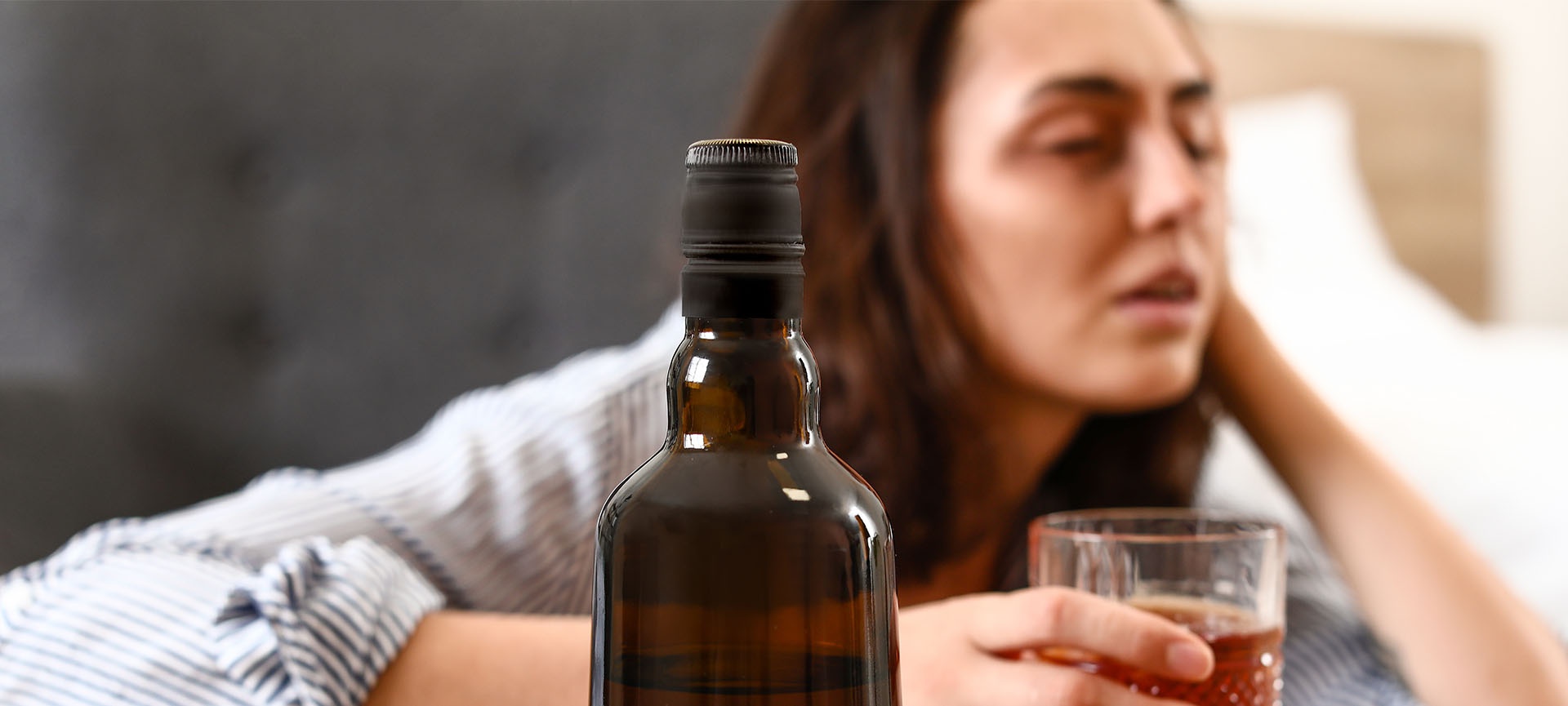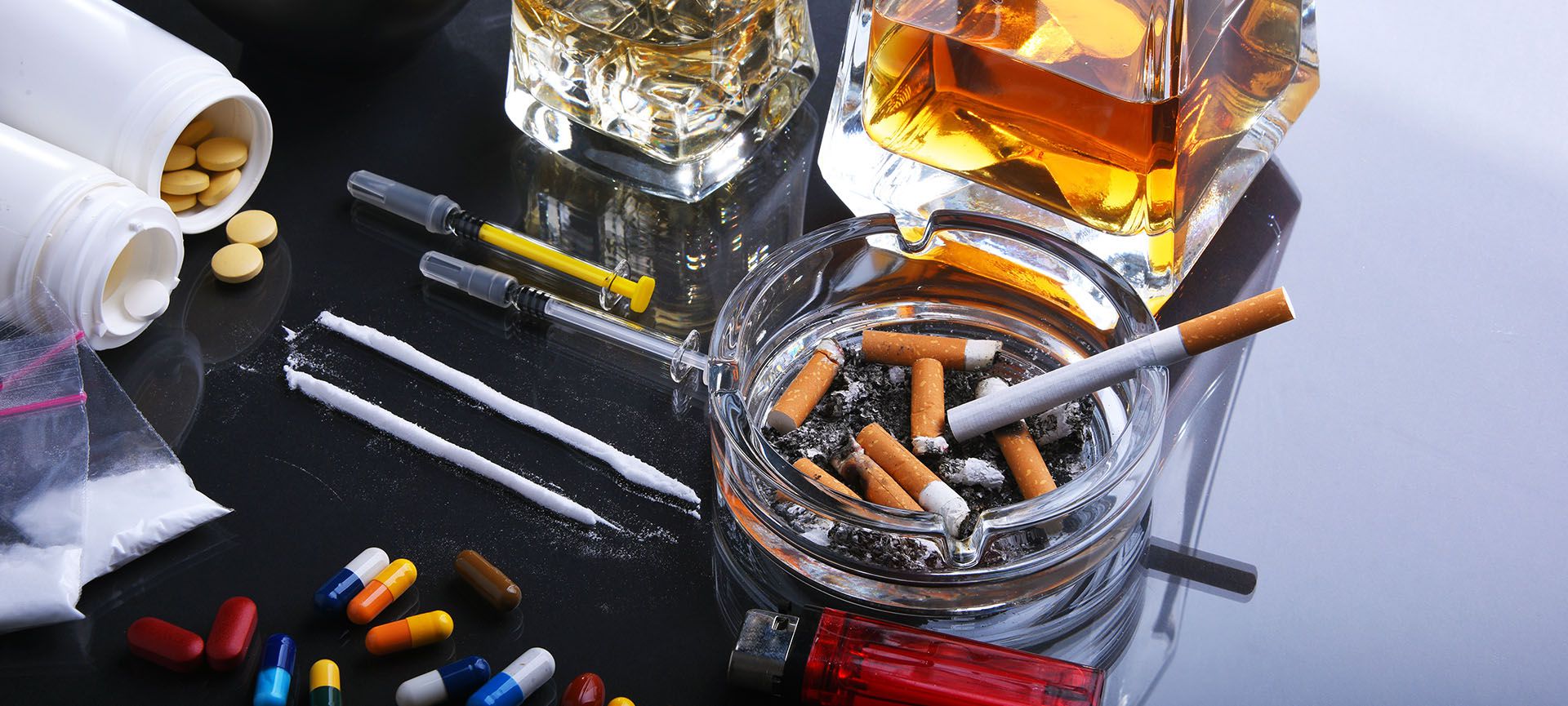
How to Treat Alcoholism
It is estimated that almost six million people in Canada follow alcohol consumption habits that classify them as heavy drinkers. This includes 3.4% of youth aged 12-17 years, in spite of the fact that it is illegal to supply minors with alcohol.
The adverse physical and mental effects of excessive alcohol consumption are well documented, but many people do not realize that they have a drinking problem until they are quite far down the path of addiction. Drinking is socially acceptable in many settings, and what a lot of people don’t realize is that what is perceived to be normal “life of the party” behaviour could actually be symptomatic of alcoholism.
When you do come to the realization that you or a loved one might have a problem with alcohol, it is important to seek help as soon as possible. But what form should that help take, and what does alcohol addiction recovery look like? And in this day and age where so many events and celebrations are underpinned by alcohol, how is a person supposed to know they should be seeking help in the first place?
Defining Alcohol Addiction
The Diagnostic & Statistical Manual of Mental Disorders 5th Edition (DSM 5) states that a diagnosis of alcohol use disorder may be made if the individual displays any two of the following symptoms within the 12-month period immediately prior to the evaluation:
- Alcohol is consumed in larger quantities or over a longer duration than intended
- There have been several unsuccessful attempts to eliminate or reduce alcohol use
- The individual spends large amounts of time obtaining or using alcohol, or recovering from its effects
- The individual experiences strong cravings for alcohol
- Frequent alcohol use results in failure to meet work, school, or home obligations
- Alcohol use continues in spite of it causing or exacerbating social or interpersonal problems
- The individual gives up or reduces participation in social, occupational, or recreational activities due to alcohol use
- The individual consistently uses alcohol in situations where it is physically dangerous to do so
- Alcohol use continues in spite of it causing or exacerbating persistent or recurring physical or mental health problems
- The individual experiences tolerance in the form of needing more alcohol to achieve the desired effects, or experiencing diminished effects with the same amount of alcohol
- The individual experiences withdrawal symptoms when alcohol consumption is paused, or the individual uses alcohol to relieve or avoid withdrawal symptoms

What Does Alcohol Addiction Treatment Look Like?
Like most substance use disorders, alcohol addiction is deeply rooted in context. It usually results from some underlying cause, such as trauma, abuse, stress, or anxiety. It is not enough to treat the addiction: long-term sobriety is best achieved by exploring and treating those underlying causes. Since these are unique for everyone, it stands to reason that addiction treatment has to be customized to the needs of the person receiving it.
Step 1: Assessment
If you or a loved one are experiencing a drinking problem, it is essential to get properly assessed by an addiction specialist who can work with you to determine a course of treatment that will address your unique needs and challenges. During the assessment, you will be given a medical examination to determine how your alcohol use has impacted your health and what is needed to help you recover physically. You will also be asked detailed questions about your alcohol use, the circumstances and triggers that lead to you drinking, and any pertinent family and medical history. The addiction specialist may also talk to your close friends or family members to determine the extent of family therapy that is needed. Your strengths and preferences will also be taken into account. Some people, for example, express themselves well creatively and may benefit from art therapy, while others would do well in cognitive behavioural therapy.
Step 2: Detox
Depending on the severity and duration of your alcohol addiction, medical detox may be recommended for you. You will be admitted to a hospital or detox clinic, where you will be under round-the-clock medical supervision while the alcohol is working its way out of your system.
While medical detox is not necessarily needed for everyone, it is extremely dangerous to attempt unsupervised withdrawal without first talking to a doctor. This is because some of the withdrawal symptoms can be dangerous and lead to death without medical treatment. The role of the medical staff is to keep you safe and comfortable throughout the detox phase, and to monitor and treat any harmful withdrawal symptoms that may arise.

Step 3: Rehab
Now that the alcohol is out of your system, you will begin the process of delving into whatever caused it. This is done following the treatment plan stemming from the assessment, under the guidance of compassionate, experienced professionals.
Rehab can take several forms:
- Inpatient rehab: you live at the facility for the duration of your program. You receive round-the-clock support, and you are protected from the stresses of the outside world.
- Partial hospitalization: you participate in treatment sessions for several hours a day and then go home in the evenings. You have access to similar treatment options found in an inpatient facility, but you can maintain relationships with your loved ones.
- Outpatient rehab: you attend treatment sessions a couple of times a week for several hours at a time. You live at home, and you can work or attend school between sessions. This is a common form of treatment for people who are making the transition from inpatient rehab to the “real world”.
Step 4: Aftercare
Recovery does not end when you are finished with rehab. If anything, this is when the hardest work begins, because now you will be applying what you learned in rehab to your own life. You will be confronted with the challenges and triggers that used to lead to you drinking, and you may find yourself in the company of people you used to drink with, who do not necessarily support your recovery.
Because the transition out of rehab can be difficult and put you at high risk of relapse, most rehab facilities offer aftercare programs. These vary from one facility to the next, but many aftercare programs provide support lines, follow-up appointments to monitor progress, education and information sessions for yourself and your loved ones, and connections and referrals to supports and treatment providers in your area.
It is worth noting that for many alcoholics, relapse is part of the recovery journey. Addiction has a similar rate of relapse to other chronic health conditions such as diabetes. This does not mean that treatment has failed. It simply means you need a bit more help to get back on your feet.

Getting Help for A Loved One
One of the challenging aspects of dealing with a loved one’s alcohol addiction is that they may not be willing or able to acknowledge that they have a problem. At Intervention Rehab, we guide families through the process of helping addicted individuals not only to understand that they need help, but to connect them with a treatment program that is right for them. For more information about how we can help you to help someone you love, contact us today.



